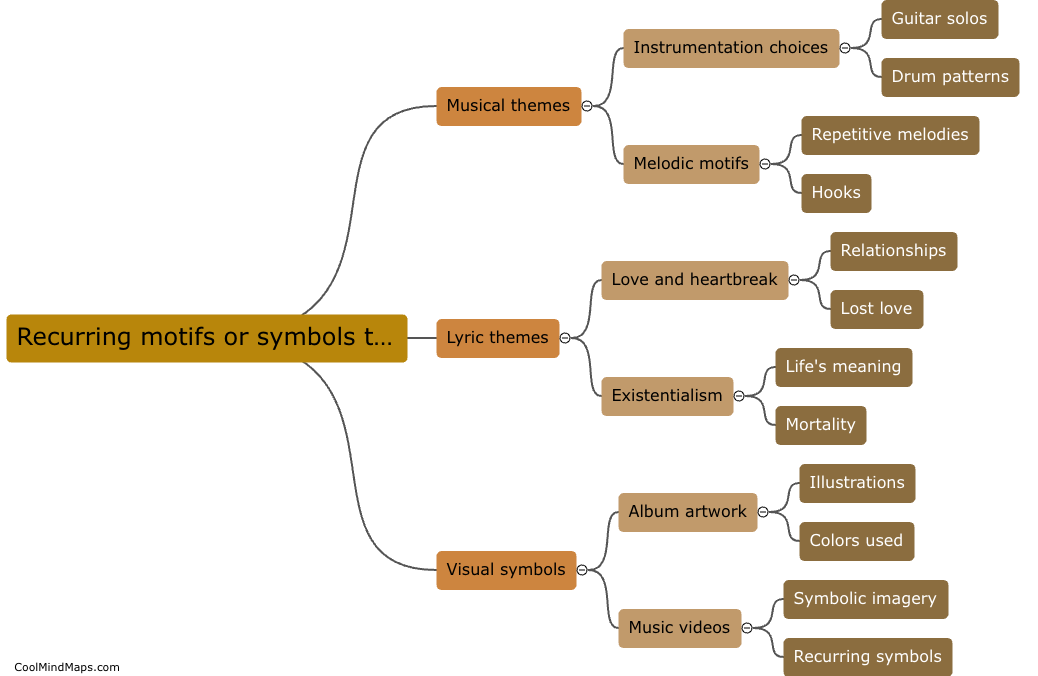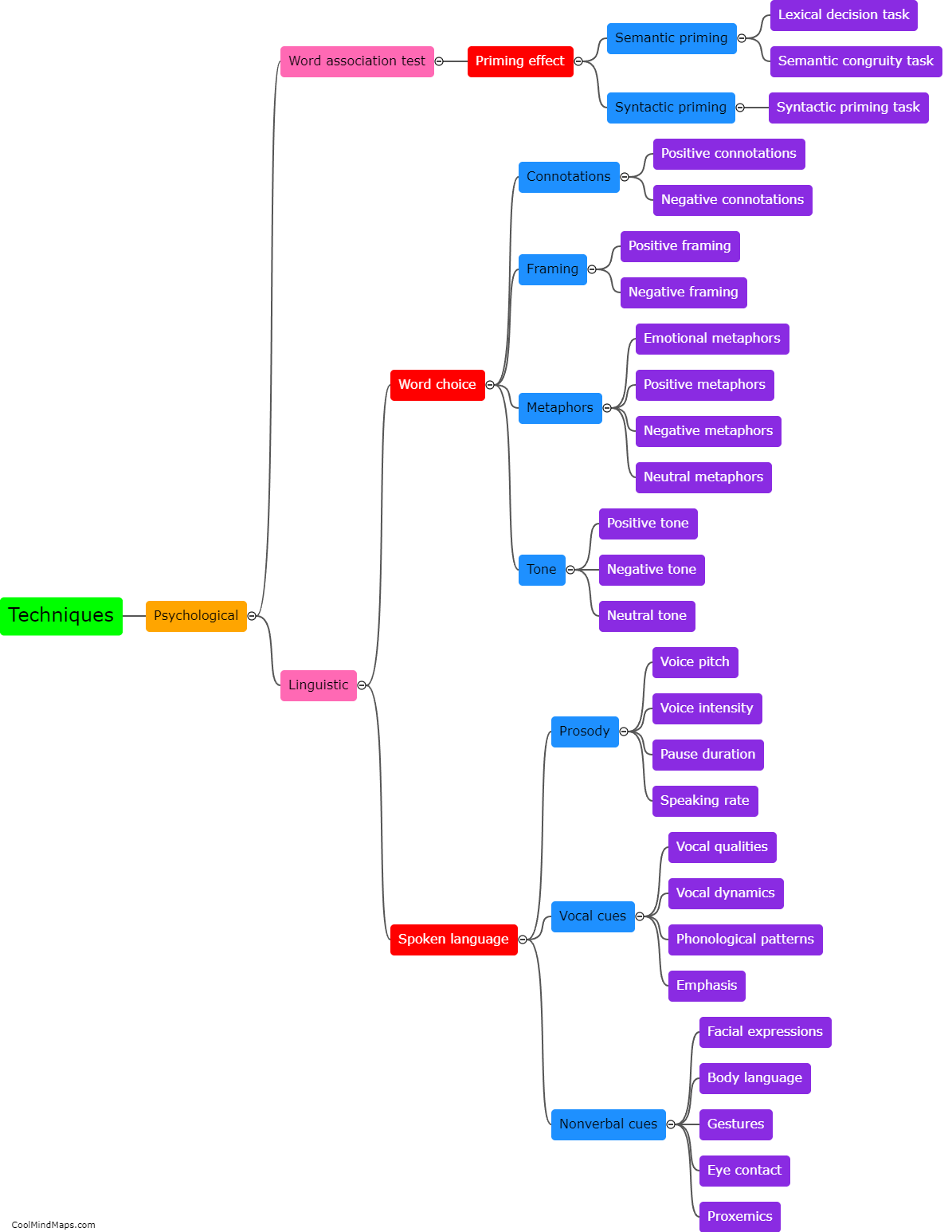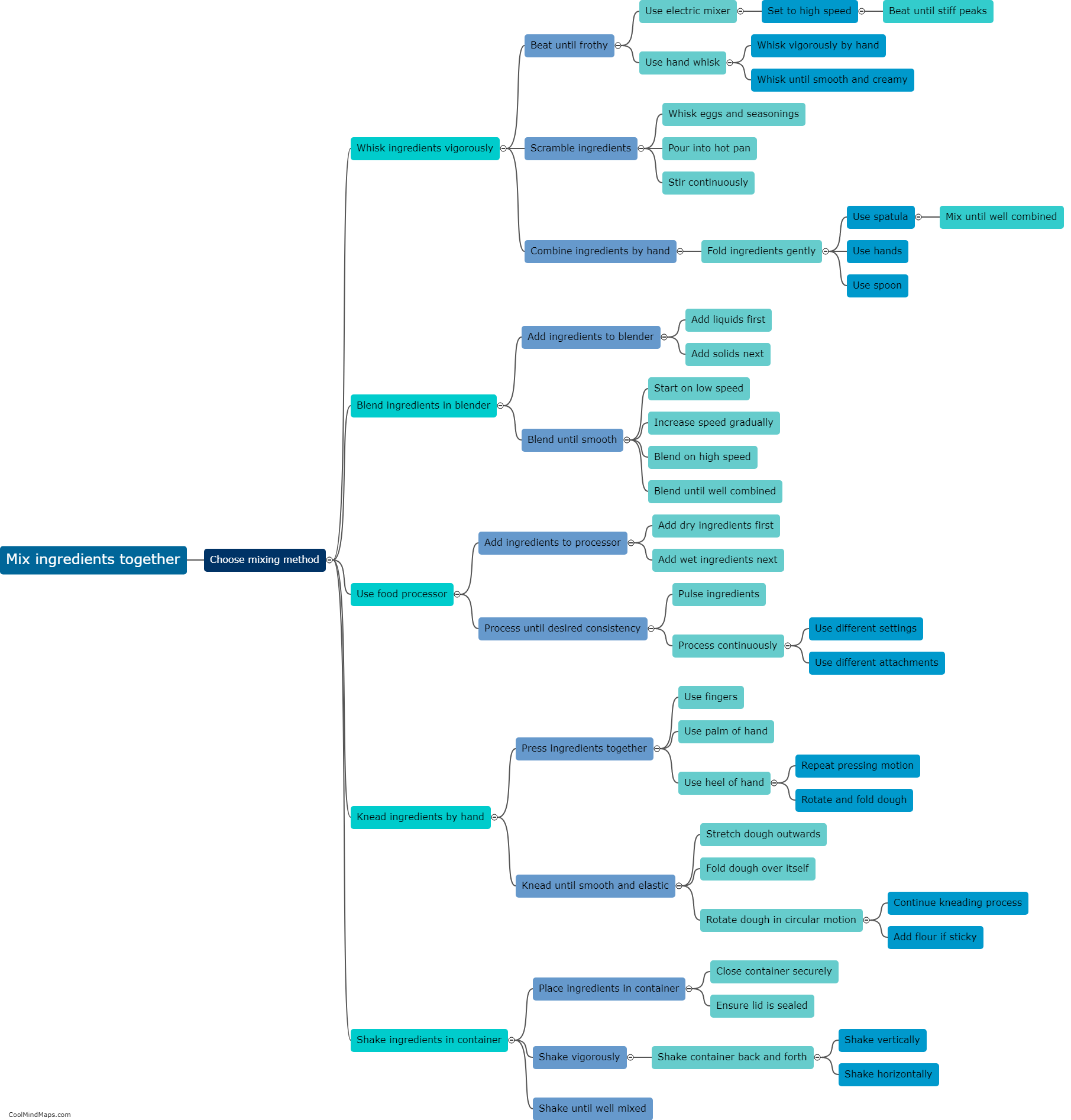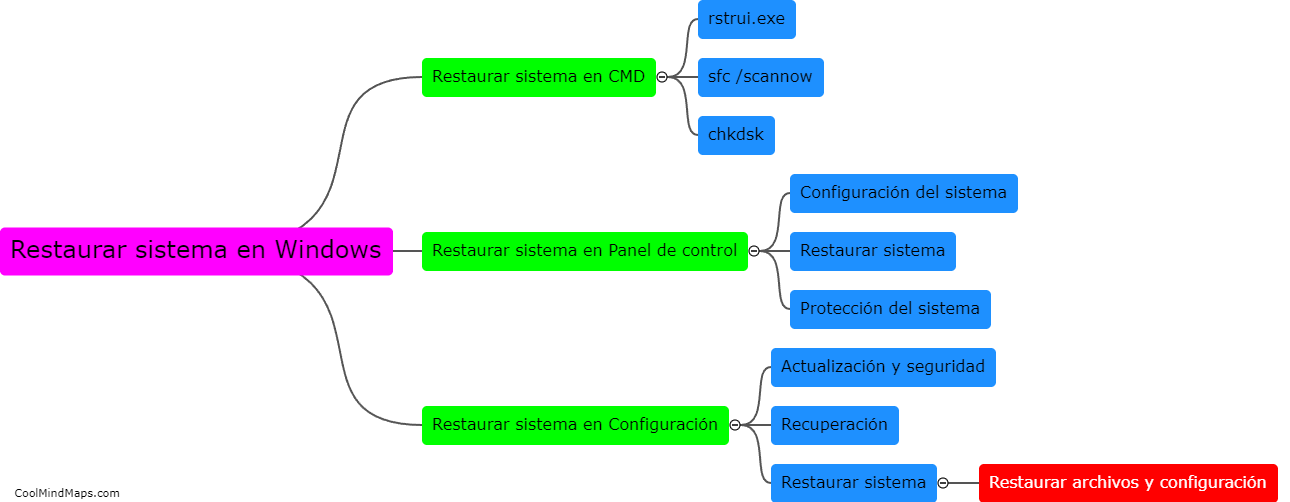What are the key steps in the excitation-contraction coupling process?
Excitation-contraction coupling is the process by which electrical signals or action potentials in the muscle cell membrane trigger the contraction of muscle fibers. The key steps in this process involve the transmission of the action potential from the motor neuron to the muscle fiber, the release of calcium ions from the sarcoplasmic reticulum, and the binding of calcium ions to troponin molecules on the thin filaments of the muscle fiber. These steps ultimately lead to the exposure of active sites on the actin filaments, allowing the myosin heads to bind and form cross-bridges. As a result, the sliding of actin and myosin filaments generates muscle contraction. The process of excitation-contraction coupling ensures the synchronized activation of muscle fibers, allowing for coordinated and efficient muscle contractions.
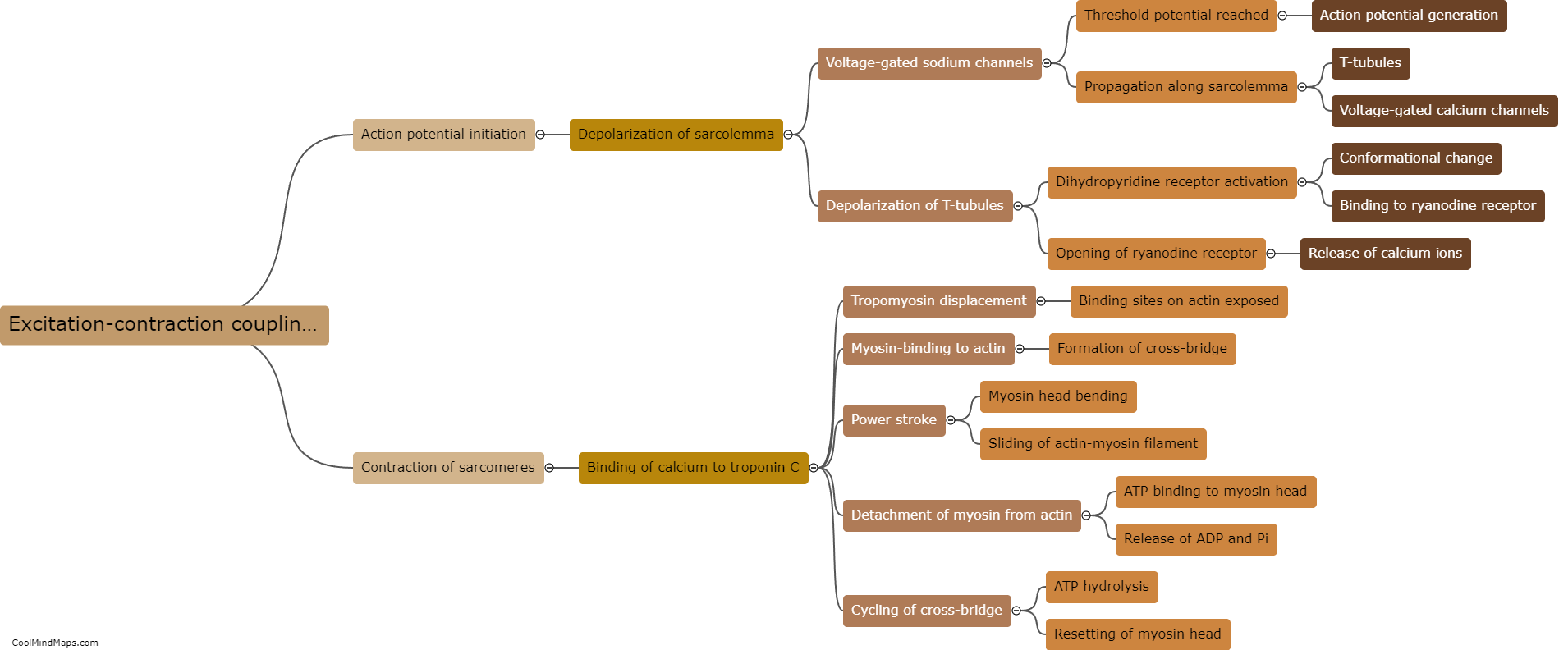
This mind map was published on 12 July 2023 and has been viewed 161 times.
